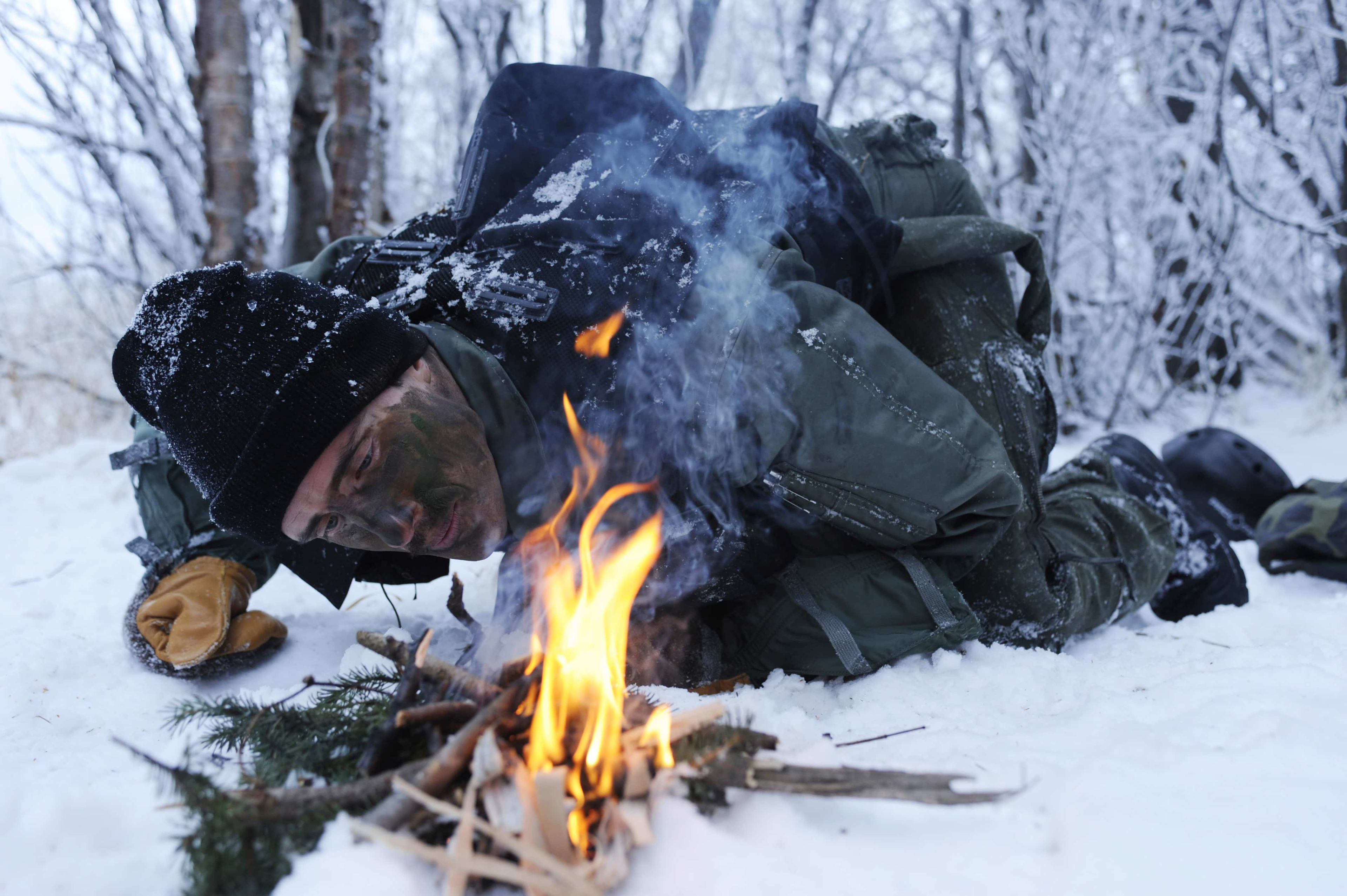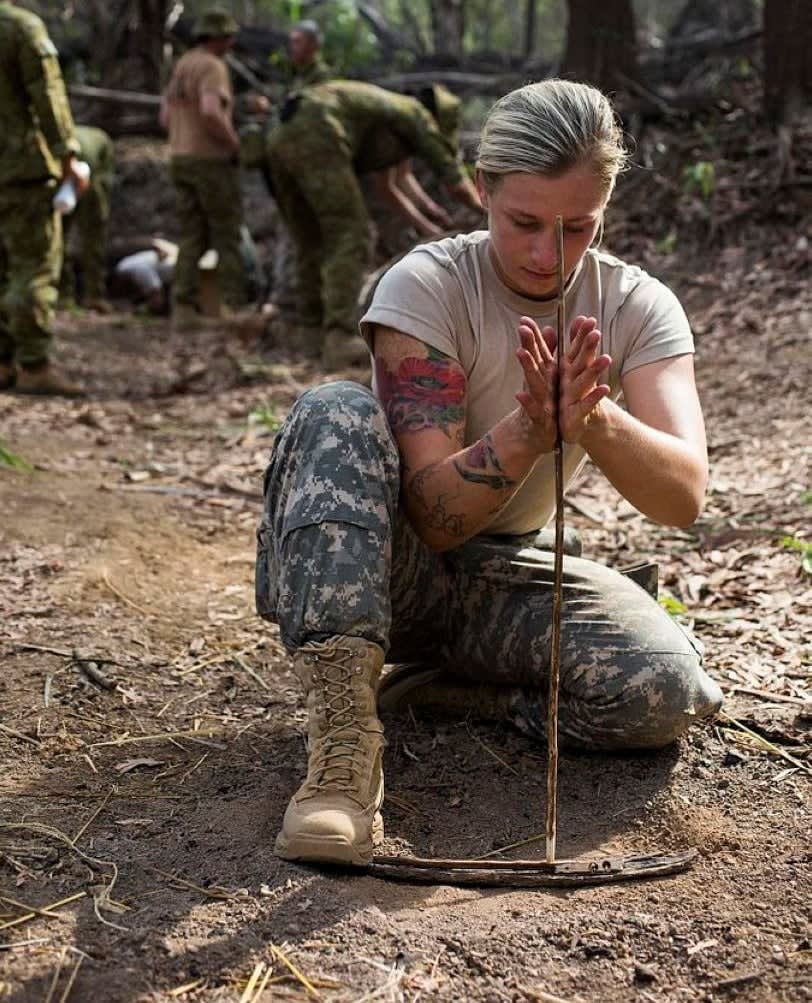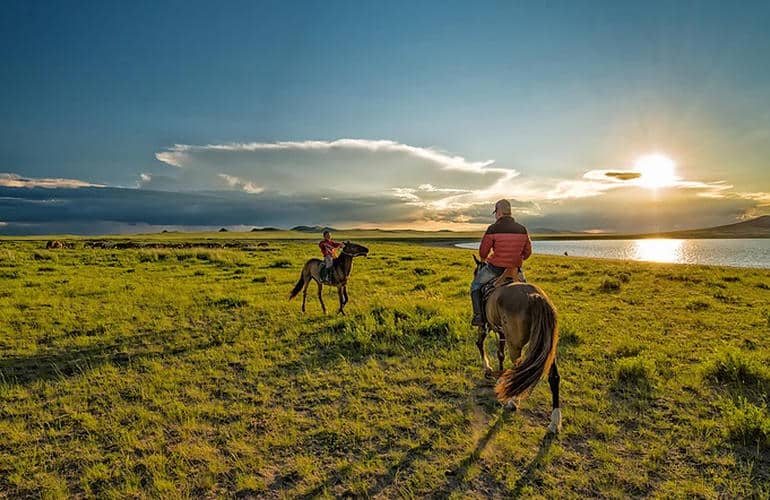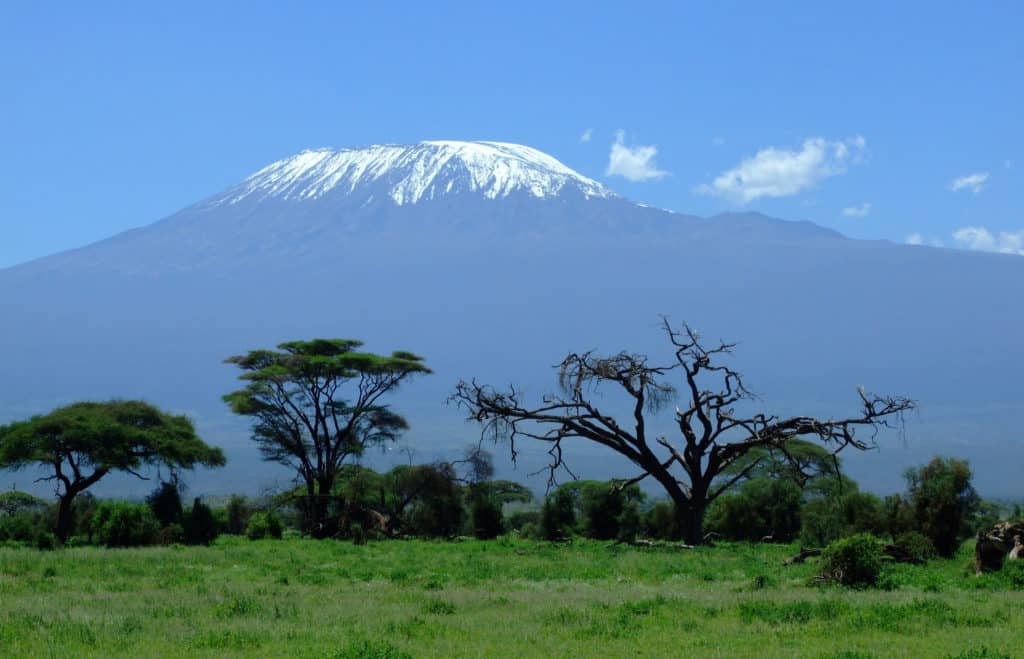The Complete Guide to Survival Training!

What is survival training?
Survival training is a type of course or instruction that prepares participants to survive in the wilderness. Using both theoretical and physical practice, individuals learn how to provide for basic needs such as food, shelter, and water in non-civilized areas. Trainees must learn to find and properly use natural resources to meet these needs.
The skills you learn will differ based on which course you choose, and where it is taking place. Below are some of the skills and activities that two select survival courses in France will teach you, for example.
Survival Training in Dijon, France: Must be 16 year or older to participate
- What to bring in a backpack and survival kits
- How to find water and purify it for drinking
- How to find food – wild plants, insects, making and setting traps
- How to build shelters - building principles, where and how to set up your bivouac
- Thermal regulation: isolate yourself from cold or heat, start a fire in suboptimal conditions
- Travel: learn knots, find your bearings with or without equipment
- First aid: emergency stretcher, etc.
Survival Training outside of Belgium - Must be 12 year or older to participate
- Basic survival: definition, the survival triangle, the rules, etc.
- Personal protection: hypothermia/clothing management, survival shelter
- Use the fire kit, Firestone, split firewood method, learn tips and tricks
- Find water, collect it and use tools to make it drinkable
- How to make yourself visible in case of injury or emergency
- First aid (in a degraded environment): issues that can arise, prepare a personal medical kit, casualty movement
- Survival kit: EDC (Every Day Carry), BOB (Bug Out Bag)
- Personal defense (in a degraded environment): negotiating
- Night in a bivouac (for the 1D / 1N training): You will learn to build a basic survival shelter (tarpaulin, poncho, tarp) in a group with natural materials, light your fire with your kit fire and go on an expedition in the surroundings to look for your food (treasure hunt, orientation)

There is a term related to survival training, known as Survivalism. This term refers more to groups of people who prepare for emergencies, and situations of social or political disorder, but not necessarily prepare to survive in wilderness conditions without basic necessities.
Survivalist individuals may prepare ahead of time for job loss, being stranded in the wilderness, or disastrous weather conditions such as a hurricane or tornado. They might stock up on emergency medical supplies, food, and water. They might also prepare shelter which will be resistant to strong weather.
Ultimately, survivalists prepare for self-reliance, stockpiling supplies, and gaining survival knowledge and skills.

Who can do survival training?
Anyone who is interested in survival training can usually find a course that is appropriate for their skill level. For example, some courses are only several hours to one day long, while others are more than week in duration. Obviously those who are more physically fit and mentally prepared for longer challenges are more appropriate for the latter.
One limitation is age. Children younger that 12 usually cannot participate, and you will need to consult your survival training organization to find out what their age requirements are.
Each course will list what they feel is physically and mentally required of participants, so be sure to read thoroughly before you sign up!
Past these limitations, survival training is great for self esteem, relationship, and team-building for all of the following:
- Individuals
- Couples
- Groups
- Team-Building for work
- Survivalists

What gear will I need to survive?
Many of the items needed will be supplied by the survival training provider. There are however certain articles of clothing you will need to bring, a sleeping bag, and some additional items. This again varies based on who the course is given by, and where you are taking it.
For instance, one provider recommends booking a bivouac equipment package, which includes an underlay mat, sleeping pad, and a sleeping bag if you don’t want to bring your own. The package will be stored at their farmhouse before the camp starts, so you won’t need to carry it with you. There is an additional costs of € 35 for this.
Once you have chosen your survival training course, make sure to consult the activity provider’s description, or contact the instructor directly to find out exactly what to bring!

Where can I take a survival training course?
Survival training is intended to prepare you for a situation where you are stranded in the wilderness- but that wilderness could theoretically be anywhere! You may be stranded on a tropical island, in the snowy Alps, or in a desert.
For this reason, some techniques and courses will be different depending on where the course takes place, and where you intend to stay alive! But you have a wide variety of places to choose from- for example, you could take an amazing 10-day course in Nepal, Kathmandu!
Another amazing option is a desert survival course in Marrakech, Morocco. This survival training course will teach you about how to manage hot, dry climates, and find food and water in the desert.
This course in Jura, France The 2-day and a half course option is for people who have level 1 or some experience of living in nature. It’s important to have a desire to spend 2 nights outdoors, regardless of weather conditions, without a blanket, and just eating what’s in the forest. In addition, you will walk around 40 to 50 km over the weekend, some of which will be at night.
Course options
Survival Courses vary in duration- for instance, you can take full-day long training courses, or opt for an overseas getaway survival experience. These kind courses last multiple days, and are led by a professional guide.
Courses can take place in a variety of locations, which is good because you likely won’t have a choice where you will need your survival skills!
Getting stranded on a tropical island might sounds like a dream, but when the blazing sun begins to blister your skin, and the mosquitos swarm you at night, it won’t feel like much of a vacation anymore.
Amazing locations to take a survival training course

Ulaanbaatar, Mongolia
Located in central Mongolia, Ulaanbaatar is the capital of this giant, remote territory. Ulaanbaatar is a bustling city with typical soviet-era architecture. But this 10- Day Survival Course , nicknamed “The Secrets of Genghis Khan” will take you 70 km away from civilization, deep into Terelj National Park.
Two survival expert instructors will guide you during the excursion, specializing in specializing in Asian ecosystems and anthropology. You will learn survival techniques such as collecting edible and medicinal plants, building natural shelters, and other unique skills necessary to survival in the Taiga.
10-day itinerary
The survival course begins with a meet-and-greet for you and your horse. Your four-legged friend will accompany you throughout the day, as you travel to the lost temple of Princess Gunjiin, at the gateway to the Taiga, Boreal forest.
The next five days will be spent at the gate of the Hentii, the birthplace of legendary warrior, Genghis Khan, where his secret tomb is hidden.
For the final day, you will ride back to camp by Jeep, and enjoy a much-earned, traditionally-cooked Mongolian barbecue .

Femundsmarka National Park, Norway
In Femundsmarka National Park, Norway, you will learn and practice Nordic winter wilderness survival skills necessary in snowy climates on this 11-Day Winter Wilderness Camp excursion.
Some of what you will learn involves building a cold camp in the Nordic forests, where you’ll spend two nights under outdoors under the stars.
You will be taught to read climate conditions and how to use them to your advantage. Participants will build simple snow shelters such as igloos, and learn how to make floating fires on top of the snow.
The course will provide an introduction to using traditional wooden skis, so you can travel easily across the terrain (just like the scandinavian Samis do!) You will also learn to navigate the landscape instinctively.
Another primary skill you will learn is surviving the cold. Because low temperatures can cause frostbite, hypothermia, snow blindness, you will be taught how to protect yourself from the elements.

Mount Kilimanjaro, Tanzania
This 10- Day Survival Excursion to Mount Kilimanjaro in Africa will take you on a journey through the Rift Valley from East Africa to Tanzania. Mount Kilimanjaro is located on the Eastern side of the African continent, and right along the Northern border of Tanzania.
The course is for individuals or groups ages 16 and up who want to challenge themselves in an extreme environment, in Mount Kilimanjaro National Park.
During the training, you will learn survival techniques from native African hunter-gatherers on how to survive in Hanzabé country.
You will sleep in bivouacs (a tent, or other type of basic shelter) for 5 nights, living along the Hanzabé. Traveling past baobabs (the unique African tree species native to Tanzania), you will explore caves, visit salt lakes, and make camp at sunset.
After you’ve built up your survival skills and put them to the test, the remaining 5 days will be spent on safari! Participants will stay in the legendary Ngorongoro crater reserve, and spend their nights in a luxurious lodge.
Check our survival trainings all over the world!